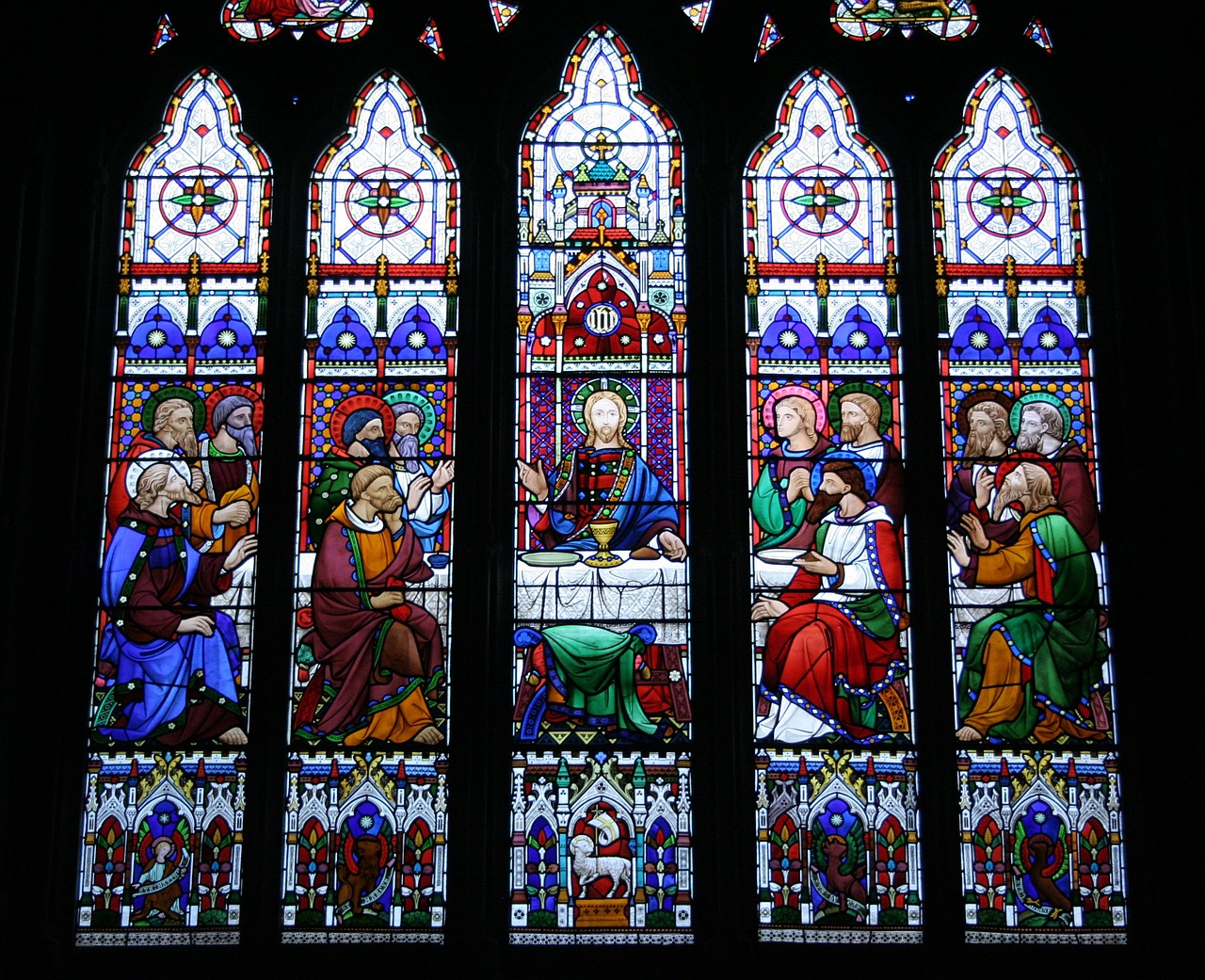If you’ll permit me a little reminiscence (as some of you know, it goes with advancing age!), I’d like to share a story from my college days.
In 1975, in the spring of my freshman year, I was named assistant conductor of the newly formed Rutgers Women’s Chorale (later the Queen’s Chorale in honor of the college’s original name and to make the title less gendered). Sue Griffin, now my wife, was a member of the first class of women at Rutgers College and one of the founders of the choir. It was an answer to the Glee Club, a long-established group for tenors and basses that traveled extensively.
During my senior year, our choir finally took its first concert tour: a small-scale spring break trip to Florida (where else?), where we sang in a few churches to small audiences. On one occasion, we sang in a Maundy Thursday service. I didn’t know about this service and had never attended one, but I was impressed. It was a Tenebrae service, so the church was gradually darkened and stripped of all removable ornamentation. Whatever couldn’t be removed was covered in black. I found it deeply dramatic, and being of a dramatic nature, that appealed to me.
So the next spring, when I was now married to Sue and a graduate student at Indiana University in Bloomington, we decided to go to the local Episcopal church for Maundy Thursday and Good Friday. Then on Easter Sunday, we made the hour-plus pilgrimage to the Episcopal cathedral in Indianapolis, where several of our friends sang in the choir. What an experience! On Thursday evening, we sat as the tiny church in Bloomington was darkened. On Friday afternoon, we spent a long time in contemplation (in my case, reading psalms). Then on Easter morning, trumpets! huge choir! magnificent organ! I am convinced to this day that it was all the more splendid because of how we prepared.
I hope you will forgive me if it seems that I missed the theology in all of this. I certainly didn’t, but it was the drama and the storytelling that most moved me. That was when I understood that good liturgy is in part storytelling, with a beginning, middle, and end. And it’s a problem if you skip to the last page of the novel.
Twenty-five years later, here in Arizona, I met Scott Ritchey. He once said to me, “You can’t have a resurrection without a death.” It struck me as profound then, and it still does.
It’s always tempting to skip to the “fun” parts. Who hasn’t contemplated starting a meal with dessert? The pageantry of Easter is understandably alluring. And then there’s managing to get out on a school night for a church service—it seems challenging. But I encourage you to give serious consideration to doing it this year.
Both the Thursday and Friday services at Dayspring will be contemplative and quiet, and whether we realize it or not, most of us need a little tranquility these days. For Thursday, the service that marks the commemoration of the first communion and the washing of the feet, we plan a quiet service. The music will feature Alex Duke, cellist of our Quartet in Residence, the Burn City String Quartet, playing contemplative pieces by J.S. Bach and Saint-Saëns. John Pierce Kraft will be the cantor for this service.
Friday will be more extensive: we will read the seven statements that Jesus made on the cross, often called The Seven Last Words. These are drawn from all four Gospels and form a kind of narrative. After each of the scripture readings, the Dayspring Celebration Chorale will sing a spiritual as a reflection on the passage. The spirituals include “Were You There” in the version created by one of the first arrangers of spirituals for choirs, Harry T. Burleigh; “Balm in Gilead” by William L. Dawson, one of the great proponents of spirituals in the mid 20th century; and more recent arrangements of “Sometimes I Feel Like a Motherless Child,” “Nobody Knows the Trouble I’ve Seen,” “Do Lord, Remember Me,” and “Calvary.” The service, which promises to be deeply moving, concludes with a splendid arrangement of the much-loved hymn “It Is Well with My Soul.” (I am grateful to Molly Norwood for the gift of a hymnal called “Songs of Zion,” which was the source for most of these songs.)
This year, instead of skipping to the last chapter, please consider making Maundy Thursday and Good Friday part of your preparations for Easter. The choir has been working especially hard for the Good Friday service and will appreciate your support. But more than that, you will be doing yourself a great favor: you’ll get the whole story.
Director of Music Ministries

